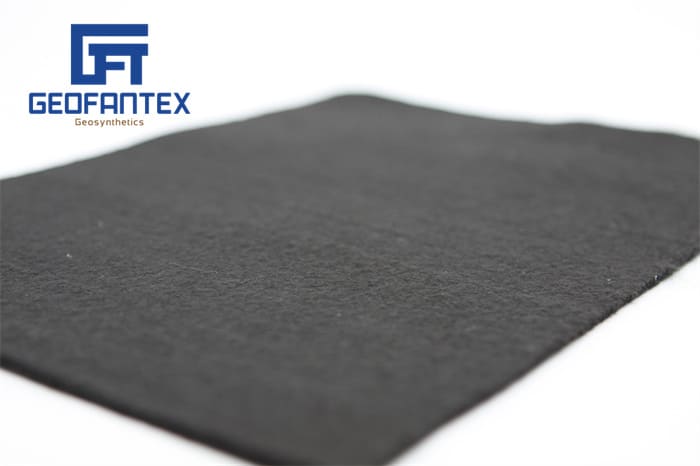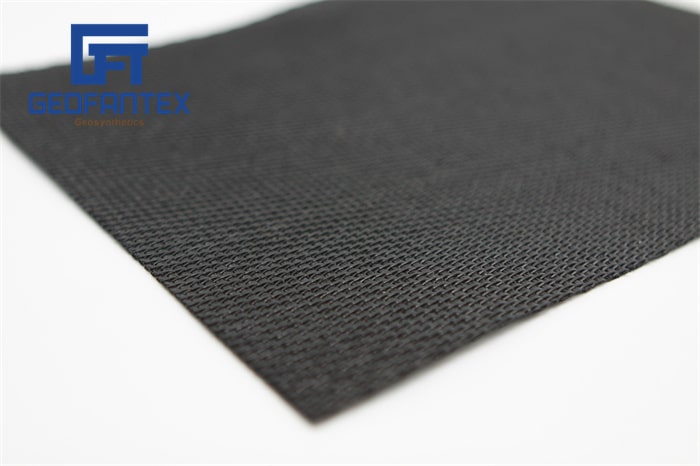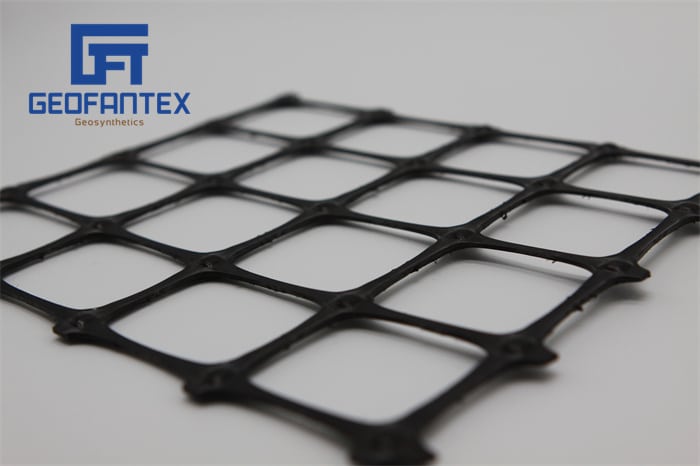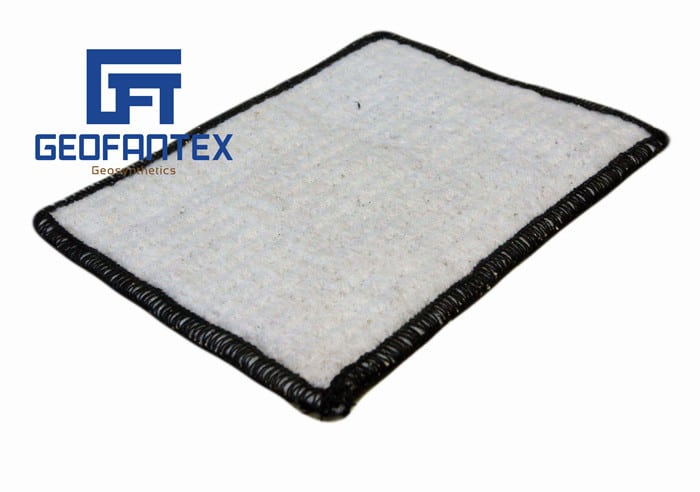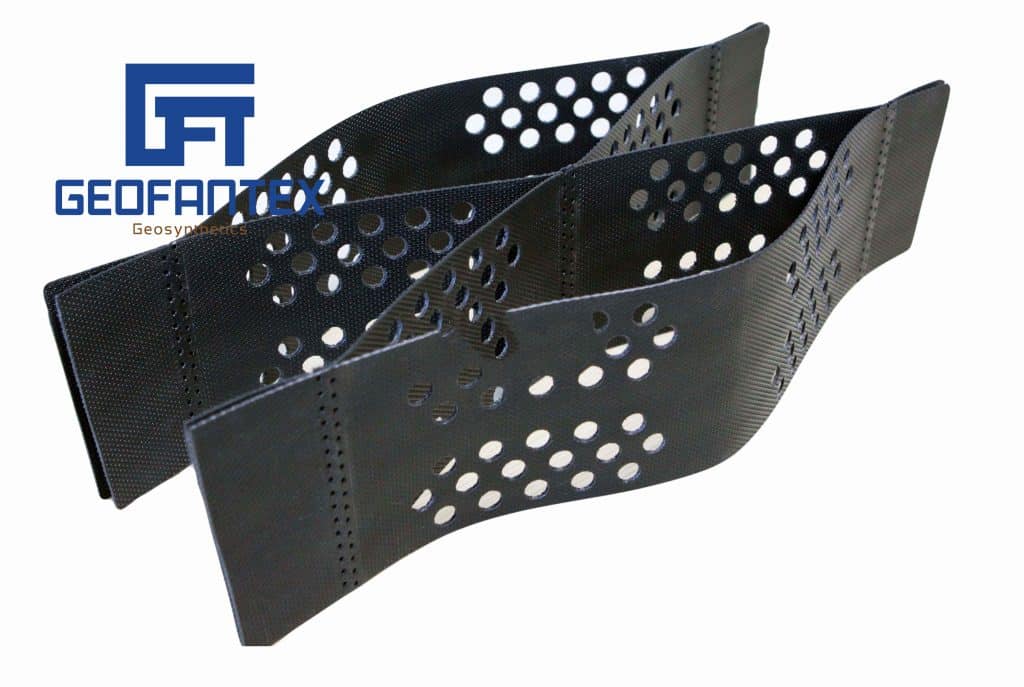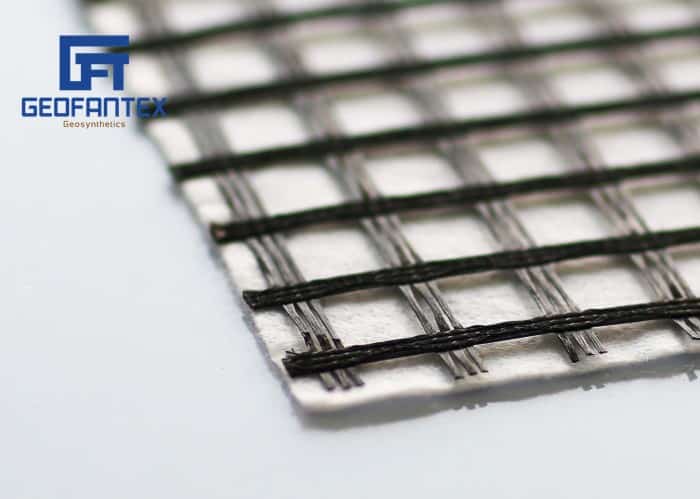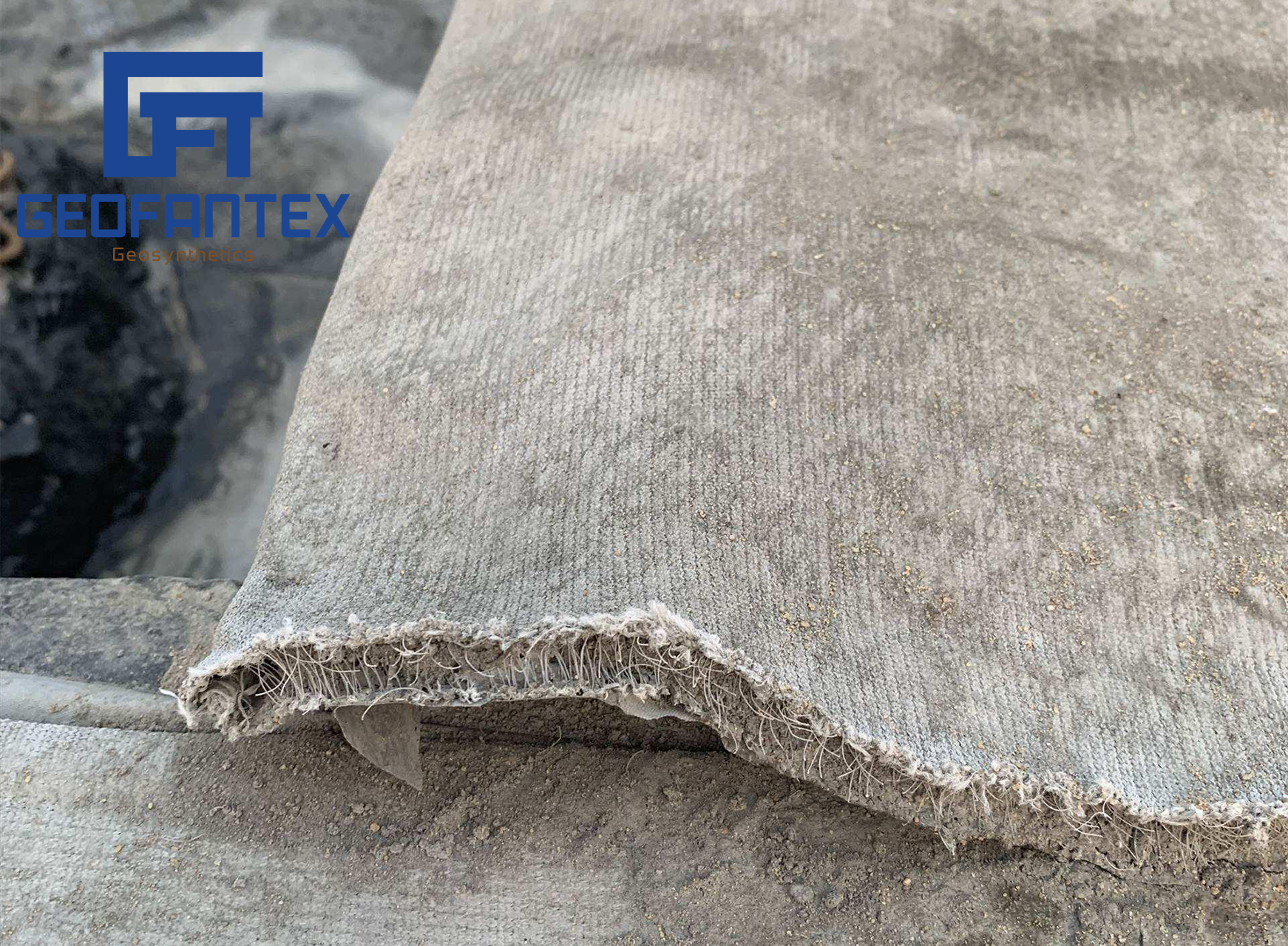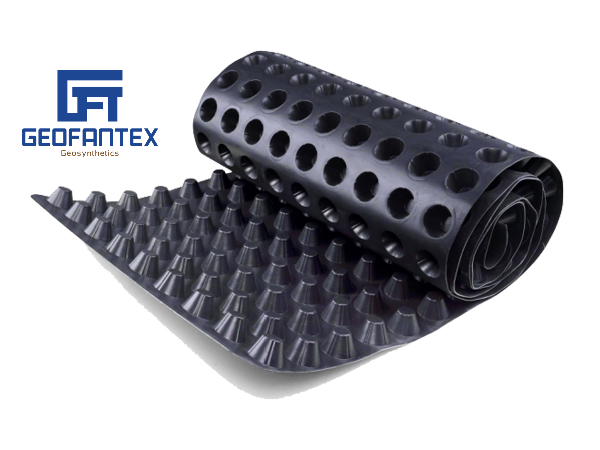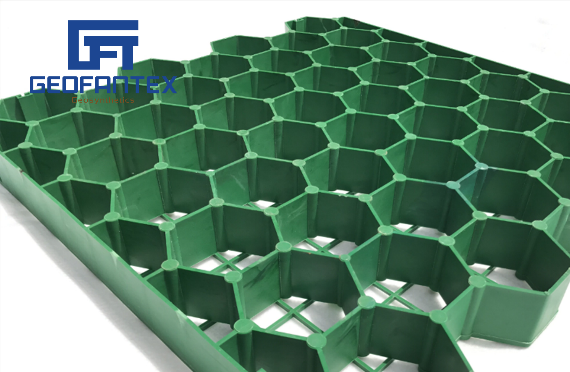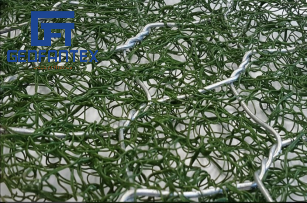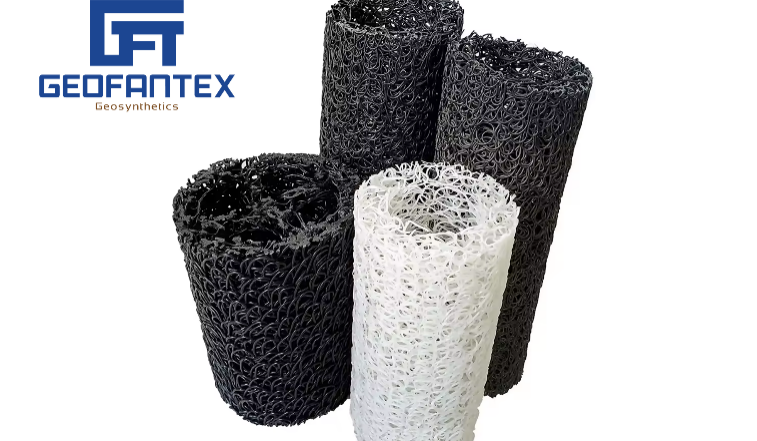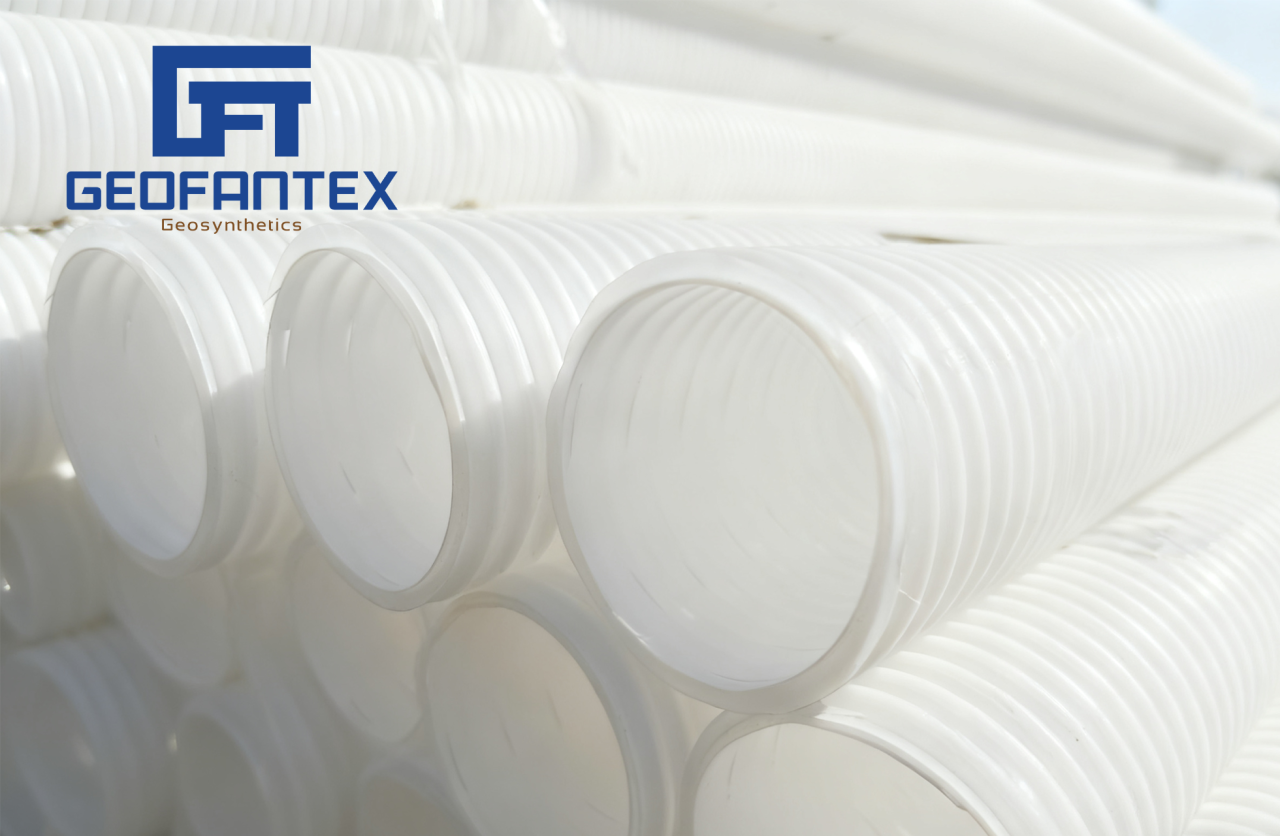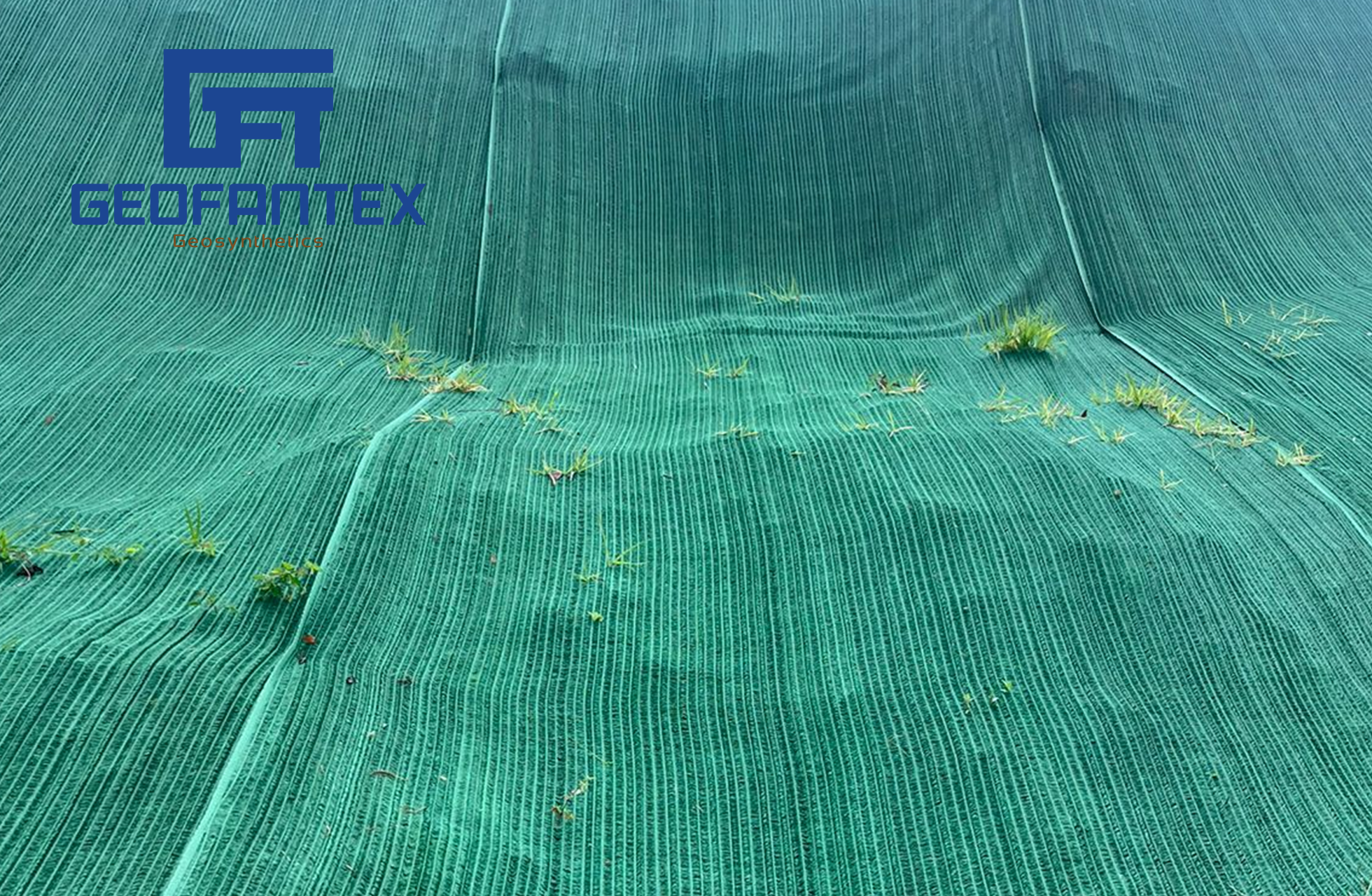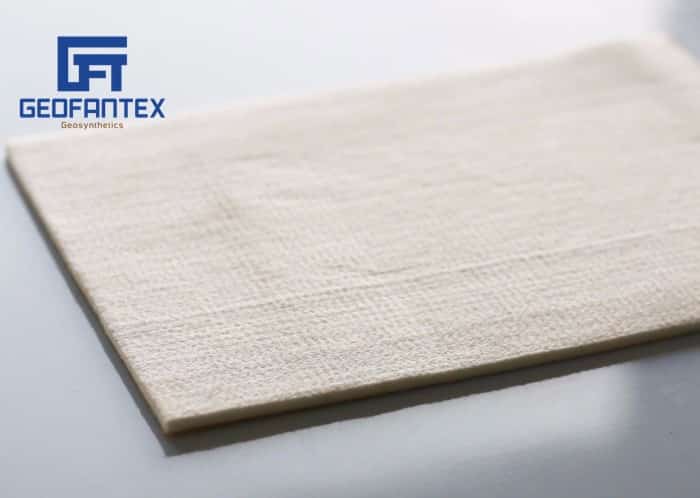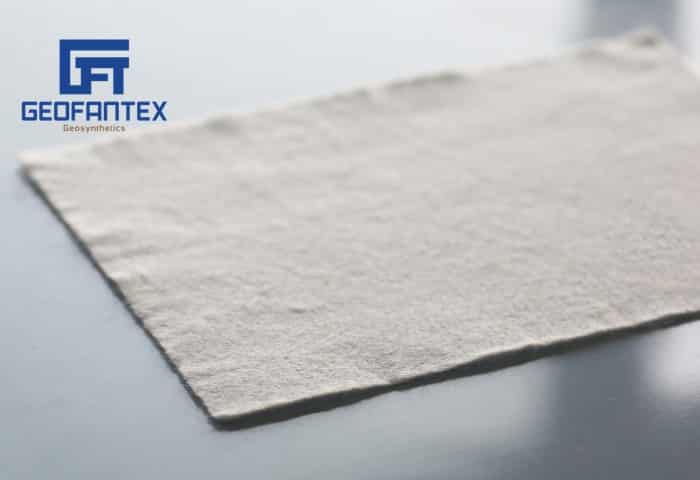+86-159 9860 6917
info@geofantex.com
geofantex@gmail.com
+86-400-8266163-44899
Geogrid is a crucial component in the construction of retaining walls, providing essential reinforcement and stability. This article explores the requirements for using geogrid in retaining walls, answering common questions to help you understand its importance and application.
When Should You Use Geogrid on a Retaining Wall?

Geogrid is typically used in retaining walls to provide additional stability, especially when the wall is tall or when the soil conditions are less than ideal. Here are some situations when you should consider using Geogrid:
- Height of the Wall: As the height of the retaining wall increases, so does the pressure on the wall. Geogrid can help reinforce the wall and prevent failure due to the added load. For walls over 3–4 feet (about 1 meter), using geogrid can significantly enhance stability.
- Sloped or Unstable Soils: If the retaining wall is being built on soils that are prone to shifting or have poor load-bearing capacity (like clay or loose gravel), geogrid reinforcement helps to distribute the load more evenly and prevent sliding or settlement.
- Increased Surcharge Loads: If there will be additional loads placed near the retaining wall (such as heavy traffic, buildings, or other structures), geogrid can help resist the extra pressure that these surcharge loads place on the wall.
In general, geogrids act to tie the soil together and distribute stresses more evenly, making the retaining wall more stable and durable. If you’re designing a taller or more heavily loaded retaining wall, geogrid can be a key component in ensuring the wall’s performance over time.
How High Can a Retaining Wall Be Without Geogrid?
The maximum height of a retaining wall without geogrid reinforcement depends on soil conditions, wall design, and external loads. Generally, unreinforced segmental block or gravity walls should not exceed 3 to 4 feet (0.9–1.2 meters). Beyond this, the lateral earth pressure becomes too great for the wall to resist without additional support.
Key factors affecting wall height include:
- Soil Type: Well-draining granular soils allow for taller walls, while clay or expansive soils reduce stability.
- Backfill Conditions: Level backfill provides better performance, whereas sloped backfill or additional loads (e.g., driveways, structures) increase pressure and reduce safe wall height.
- Wall Geometry: A wall with a setback (batter) can handle greater loads compared to a vertical wall.
Most building codes require geogrid or engineering certification for walls over 4 feet. To ensure safety and durability, geogrid should be considered for any wall approaching this limit or in challenging soil conditions.
How High Can a Retaining Wall Be Without Geogrid?
The maximum height of a retaining wall without geogrid reinforcement depends on soil type, wall design, and external loads. General guidelines:
- Typical Limit: Unreinforced segmental block or gravity walls should not exceed 3–4 feet (0.9–1.2 m). Beyond this, lateral earth pressure may compromise stability.
- Soil Type: Well-draining granular soils can support slightly taller walls; clay or expansive soils require reinforcement at lower heights.
- Backfill & Loads: Level backfill improves stability, while sloped backfill or nearby structures increase lateral pressure, reducing safe wall height.
- Wall Geometry: Walls with a setback (batter) handle greater loads than vertical walls.
- Building Codes: Many regulations require geogrid or professional engineering approval for walls over 4 feet (≈1.2 m).
For walls approaching 4 feet or built on unstable soils, using geogrid reinforcement is strongly recommended to ensure long-term safety and performance.
What Is the Recommended Spacing Between Geogrid Layers?
For retaining walls, proper geogrid layer spacing is crucial to ensure stability and long-term performance. Key guidelines include:
- Typical Spacing: Geogrid layers are usually installed 12–24 inches (30–60 cm) apart vertically, measured from the top of one layer to the next.
- Taller Walls or Higher Loads: Walls exceeding 6–8 feet (≈2–2.5 m) or subjected to heavy surcharge loads may require closer spacing, around 12 inches (30 cm).
- Depth Placement: Each geogrid layer should be embedded within compacted backfill at a depth that provides effective lateral support and prevents sliding or settlement.
- Engineer-Specified Adjustments: Soil type, wall height, and expected loads influence final spacing; always consult a qualified geotechnical engineer for precise specifications.
Key Takeaway: Correct spacing and proper placement of geogrid layers enhance wall stability, distribute stresses evenly, and ensure long-lasting structural integrity, making your retaining wall safer and more durable.
Understanding the requirements for using geogrid in retaining walls is essential for ensuring their stability and longevity. Geogrid should be used for walls taller than 4 feet or in situations where additional reinforcement is needed. The depth and spacing of geogrid layers are critical factors that contribute to the overall stability of the retaining wall. By following proper guidelines and consulting with professionals, you can ensure that your retaining wall is built to last and effectively support the intended loads.
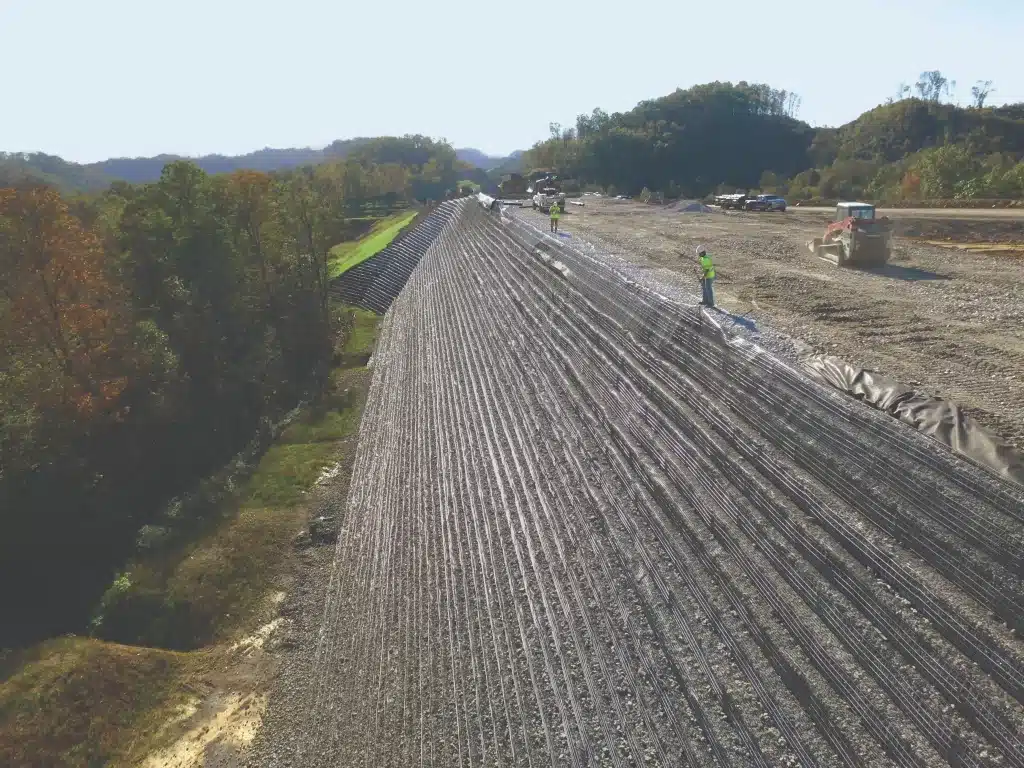

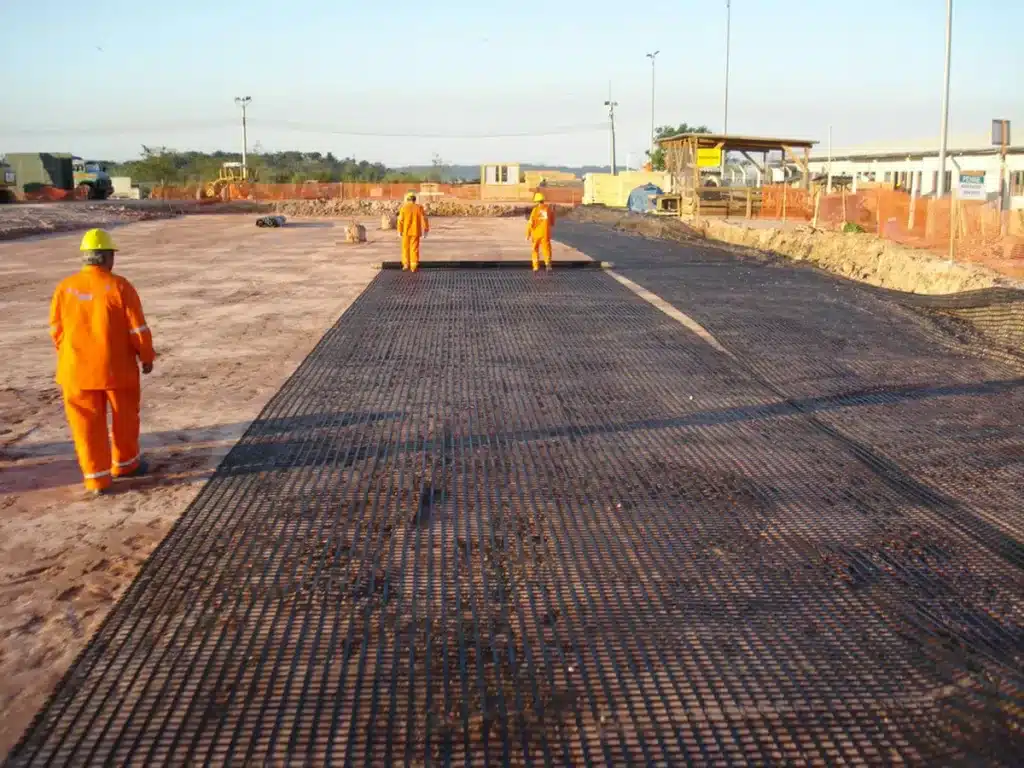
Get Free Sample
We’ll respond as soon as possible(within 12 hours)

